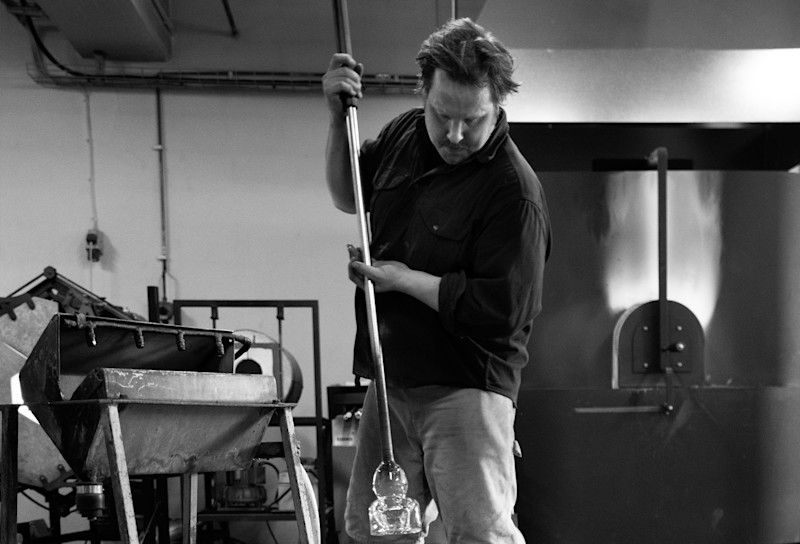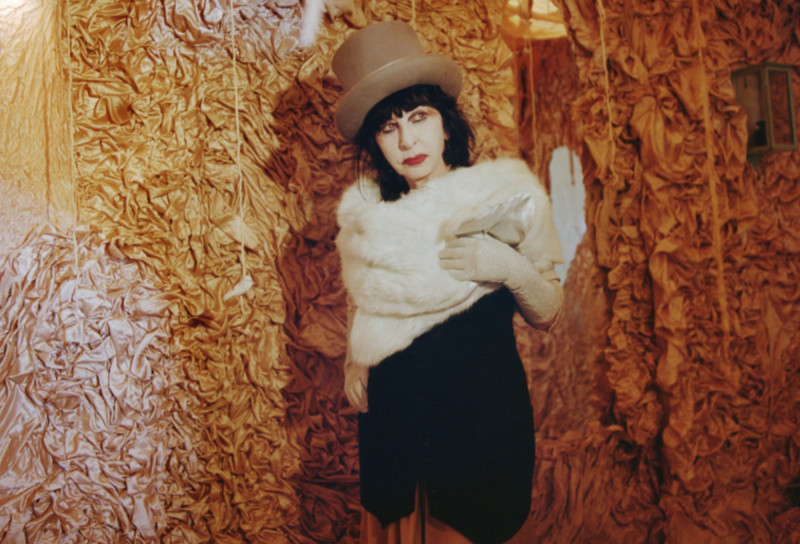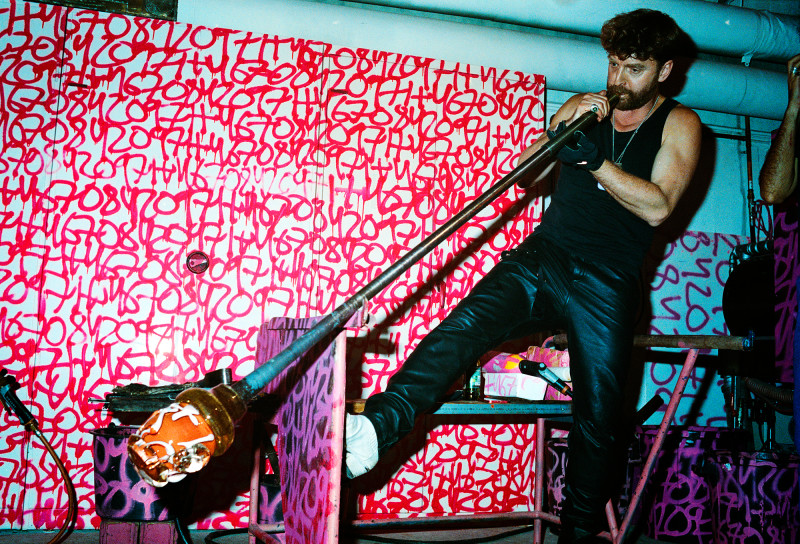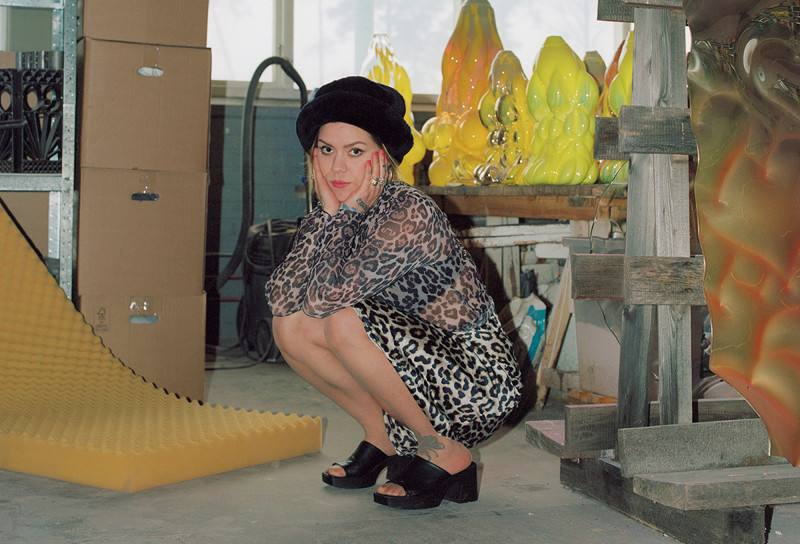Maria Bang Espersen
Interview
June 8, 2023

How did you start with glassblowing and art glass?
— I never set out to be an artist. My entrance to it was that I started studying art history, but I couldn’t just sit and read all day long. I felt that I needed to do something with my hands and the only thing I could think about was that I should try out glass blowing. I went to Kosta, back in the days when there was a school there, and I thought I was just going to become a glassblower who did functional ware, go back to Denmark and start my own hot shop. But from there it just took off and I was curious to learn about the glass material itself rather than following the technical path. Many glassblowers want to master the material, but for me it just completely flipped and became all about engaging in a dialogue with the glass, figuring out what the glass had that was secretive
that we didn’t know about. It was a lot more investigative.
What’s so special about glass?
— The thing that I love about glass is its softness. It’s like I want to drag the softness out of it. That’s what’s so fun about working with glass, it’s so uncontrollable, especially if you allow it to be so. You really have to be ready to change in a second if it’s behaving slightly differently. Being so present in the moment when you’re making something is really special to me, it’s a space where it’s just me and the glass in this super intense moment.
What happens if it doesn’t go according to plan?
— The worst-case scenario for me is that it drops to the ground, and then there’s nothing I can do about it. All the other times when something does not go according to plan, in that last minute, I have to make a decision and I’ll often start crumbling it up so it creates its own shape. I allow for those mistakes to be part of my process. Very often I have an idea for a piece and then when I make it and do exactly what I intended to, it might not look like it. I embrace those surprises and let the sculptures be what they are. With the pieces at CFHILL, I have actually taken some that I made years ago but put aside because they had a huge crack. Then I’ve taken a hammer and chisel and started breaking them apart. I put those pieces into the oven and then reheat them slowly, because if you go up too fast the glass will completely crack. I start making these little pieces that I throw onto the pieces that I made all these years ago. It’s a way of reusing the mistakes from my own past, but in a way where they can do something that I wouldn’t be able to do if I restricted myself to only work with what I was doing that day. By having premade pieces, I can work with these cut-offs that you see in some of the pieces and let them be a bit rawer. Thereby you can see both the way that the glass can appear super soft but also how it really isn’t. A lot of people that see my works don’t realise that they’re glass unless they’re told it is.

Your sculptures seem very sharp, I’ve seen you sanding the edges of them?
— They’re super sharp depending on the cut. If you have a long piece that is cut directly in the middle, then it’s not so sharp, but if it’s cut on an angle then we start getting close to the sharpness of a knife. Then I just go in with a diamond pad to take out the rough parts. I can lift my own pieces without wearing gloves because I know how to touch and not let them slide, but they’re slippery because they’re strings. Even the ones that don’t look like they would be sharp can be so and that’s just because of the way that they are pulled. Sometimes they stick together and when you pull it that creates almost like a tiny knife’s edge.
How do you work with titles?
— I have named two of the pieces Soft Connections, one is Love and Champagne and the other is Tough Love. They are really about the fact that the pieces that I have thrown on top of each other – the parts that look soft – are what connect the whole piece. Everything was loose until the fact that these pieces were put on top of each other, and they were so soft when they went in that they just slumped down around the original pieces and then sort of had this grip on them. The pieces are partly made out of upcycled glass, so it’s about the connections of life in a way, and how important it is that we stay connected. It can be a metaphor about how we treat our surroundings, how nature and the environment are currently falling apart but we’re trying to hold onto them. Or you can view the titles simply as love stories, it doesn’t have to be about the fact that these are partly upcycled.
Gallery




Maria Bang Espersen




Maria Bang Espersen Soft Connections (Tough Love), 2022, Stretched and folded glass, 21,5x 56 x 28 cm
Maria Bang Espersen Soft but Hard (Blue Feelings), 2022, Stretched and folded glass, 15 x 28 x 27 cm
Maria Bang Espersen Soft Connections (love and champagne), 2023, Stretched and folded glass, 23 x 77 x 30 cm
Generation Glas



